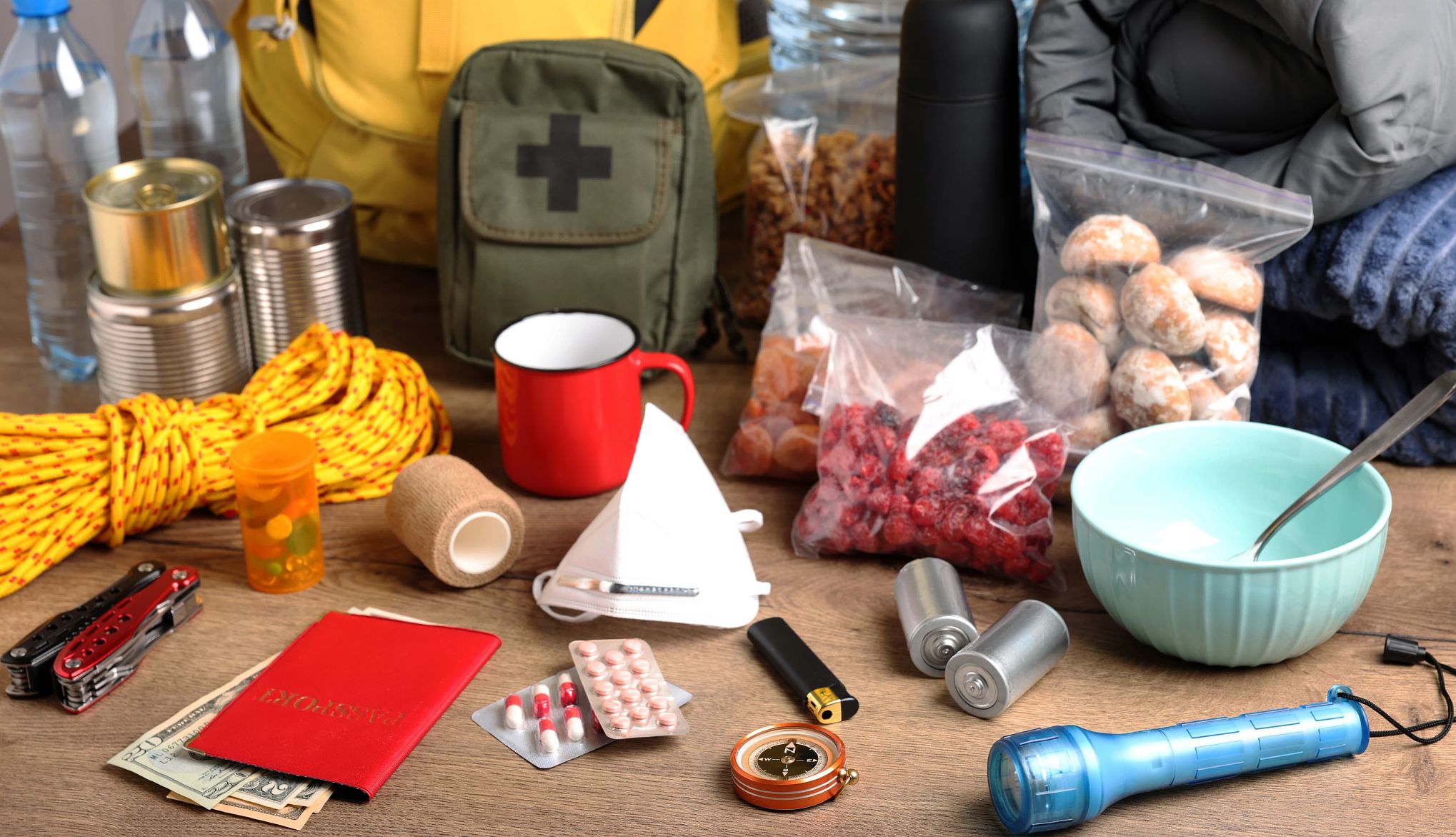AARP Hearing Center
As hurricanes, tornadoes, wildfires, mudslides and floods become more common, people across the country are preparing by keeping a bag — or several — packed with what they’ll need to grab if they must leave home in an emergency.
JoAnn Rash, 58, first realized the need for an emergency go bag after a California friend was forced to evacuate quickly during an earthquake. Rash consulted the American Red Cross for recommendations on a disaster preparedness kit in case she and her family ever have to flee their home in Vancouver, Washington. She then found an oversize backpack with lots of pockets and filled it with essentials, from flashlights and batteries to bottled water.
“I felt like we needed to be ready for whatever comes our way,” Rash explains.
Last year was replete with natural disasters, with more than 1,000 tornadoes; the deadliest wildfire in more than a century, in Maui, Hawai‘i; and seven hurricanes on the Atlantic side of the U.S., one of which made landfall in Florida, causing flooding throughout the southeast.
As part of his emergency preparedness, Dick Cooper, 77, has a generator at his home in Sarasota, Florida. The retired journalist says that if he needs to leave unexpectedly, he could pack a bag and be ready within an hour. All of his 300,000 photos and other important information are backed up on a few external hard drives the size of novels, he notes, so he’d just need to grab those, his computer, medication, clothes and a few other items and he’d be ready to go. “It’s like packing three library books and I’m out the door with all my writing and my photography,” Cooper says.
A heightened awareness of natural disasters has led to better disaster preparedness planning, according to Jonathan Sury, project director for communications and field operations at the National Center for Disaster Preparedness, Columbia Climate School at Columbia University. “Investing time and energy into getting prepared will save a lot of stress and fear when a disaster hits,” Sury says.
Packing a go bag is essential for disaster preparedness. Here are important items to include:
1. The bag. Your carryall must be large and sturdy enough to hold the essentials and small enough to grab on the run. A backpack is a great option. If you’re not able to carry a heavy bag, Sury recommends a duffel bag on wheels.
2. Food and water. Add lightweight, nutrient-dense foods, such as protein bars, instant oatmeal, nuts and seeds, and at least one gallon of water per person, per day. Don’t forget a manual can opener and utility knife. A go bag should have enough food and water for at least three days; remember to pack enough for your pets too.

































































